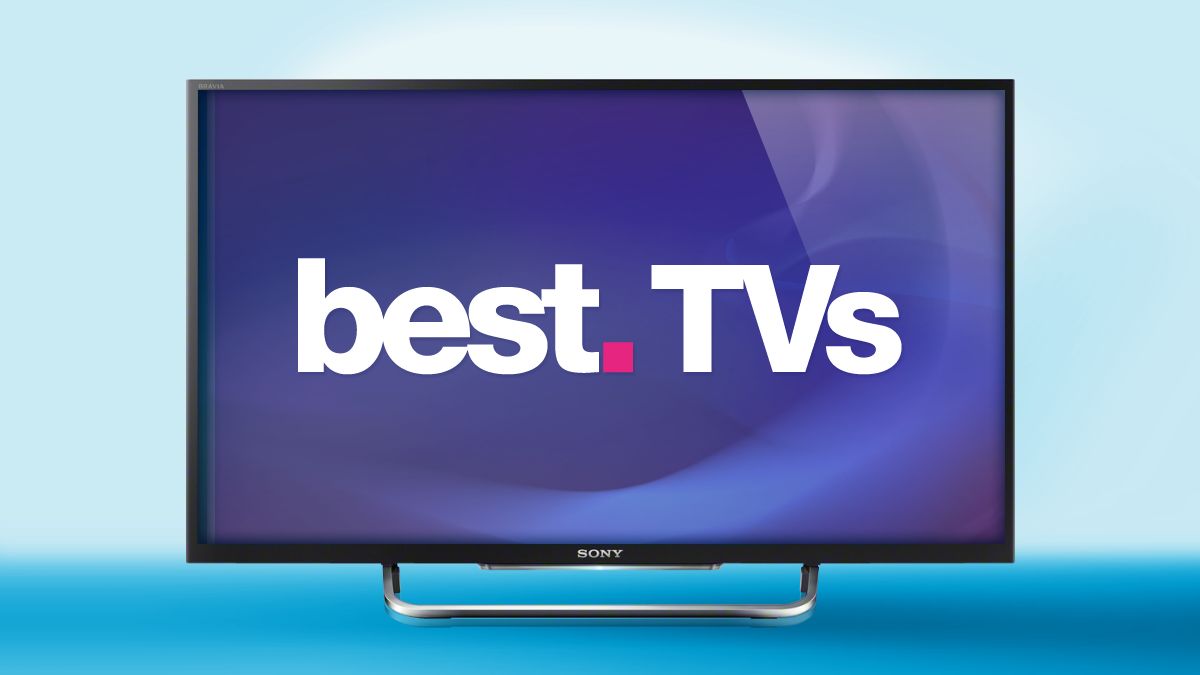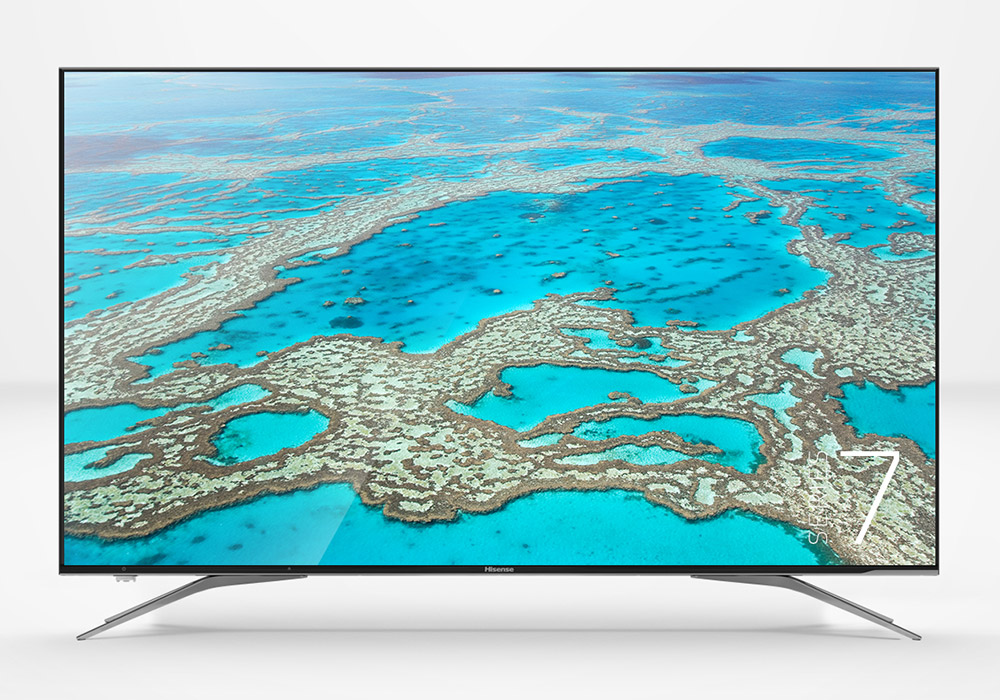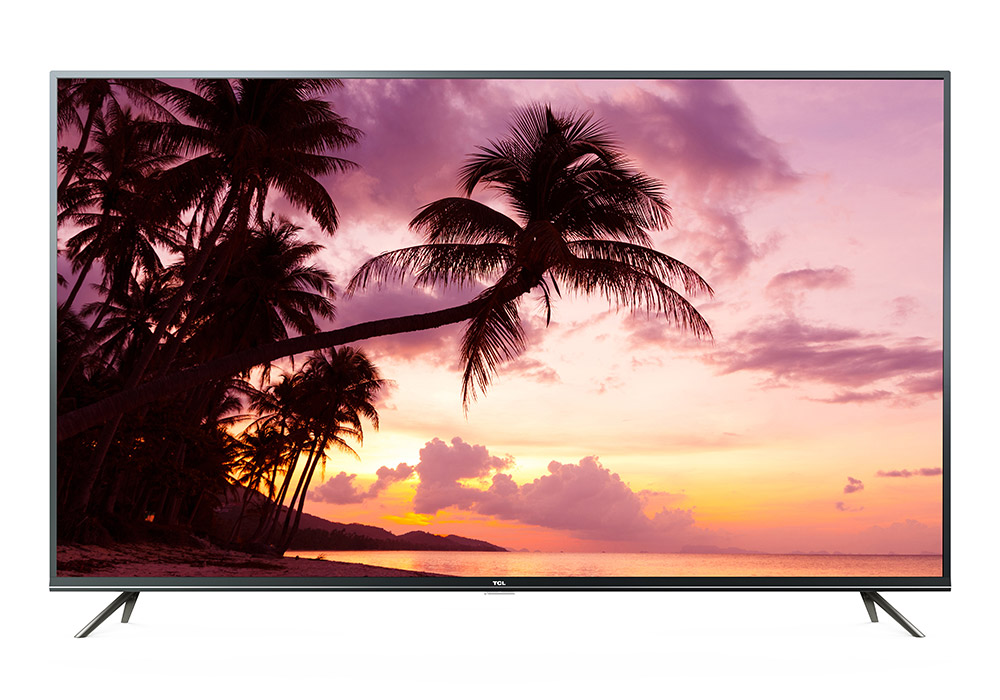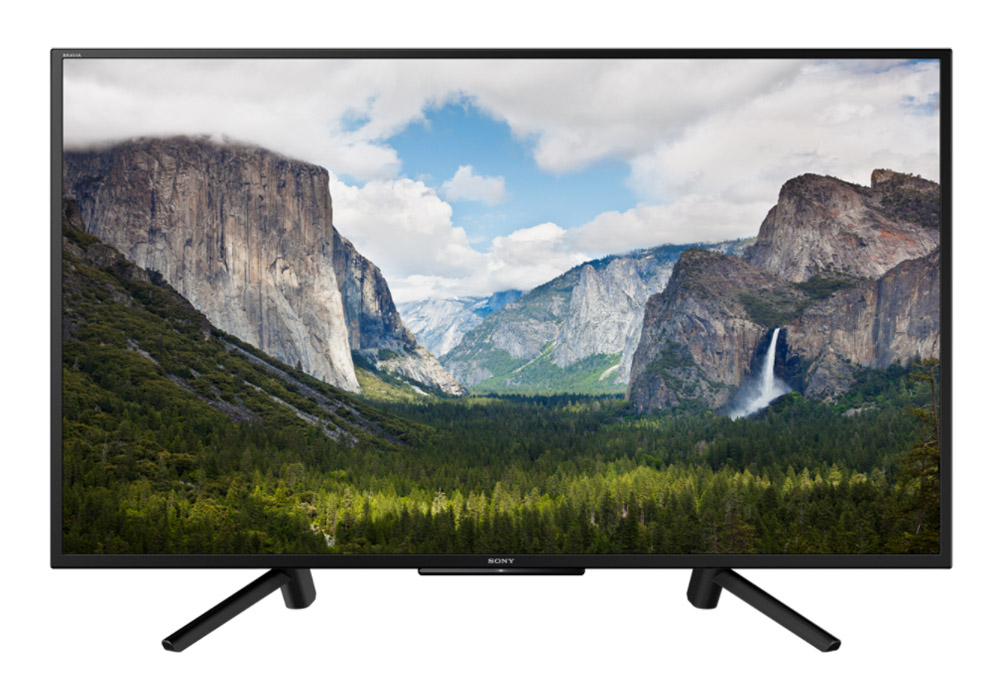
If budget is your primary purchasing consideration when buying a TV in 2019, the good news is that there’s still a wide variety of great models to choose from. Below, we’ve provided a shortlist of sub-$1,000 models, starting at under $500 and varying in size from 32-inches to a massive 65-inches.
While there will always be some compromises at these cheaper price points, our selection covers all key requirements. Just be aware that the showroom-discount nature of the Australian market means that you'll often be able to buy better, so before checking out our best budget television recommendations, you may want to go through our essential tips to buying a cheap TV in 2019 below.

- While most of the screens you'll find below are from last year's stock (hey, it's not our fault the year's just begun) we do have our eyes set on some of the best 4K TVs of 2019 that we saw during CES 2019. To that end, keep an eye out for reviews of the LG Signature Series OLED TV R, Sony Master Series Z9G and TCL 8-Series, all of which will be reviewed in the next year.


1. Hisense Series 7 50P7 (50-inch)
Specifications
Reasons to buy
Reasons to avoid
Hisense’s original Series 7 TVs had a legendary status in that they offered better performance than most top-end LCD TVs for a fraction of the price.
This current 50-inch model doesn’t quite offer the superb contrast that its predecessor did, but the brighter picture does now support HDR10.
The sticker price of the 50-inch model is $1,099, but it can be found in many major retailers for under $800 – superb value for what is still a high-performing, large, premium TV.
The bright, colourful 4K picture still holds its own against all top LCDs on the market – some of which cost several times more.
The remote is responsive, the important apps are present and the sound is impressive. There’s a companion mobile app (RemoteNow) but it’s not always stable.
In a high-end group test this would be a very-cheap TV, but in a cheap TV group test it’s at the head of the field.


2. TCL 65P4USM (65-inch)
Specifications
Reasons to buy
Reasons to avoid
It’s a measure of the TV market that a 65-inch 4K telly with HDR can be had for less than $1,000 if you shop around, but that’s what TCL’s $1,699 P4 series can be purchased for.
There are going to be some limitations to reach levels of such affordability but, for the most part, picture quality and sound will be good enough here for all but the most-discerning viewers.
It’s worth noting that TCL’s Australian TVs source different panels from the USA, so quality is incomparable between different models, even for sets in the same 'family' – be careful when reading full reviews.
The main things to note with this 65-inch model is that there are only three HDMI ports and that, even in Game Mode, the input lag can get annoying.
Unlike TCL’s other TVs, a very basic Linux OS has been used here over Android and while some of the latter’s lag is removed, the choice of apps on offer is greatly reduced.
But these are generally-minor niggles – this is a decent 65-inch 4K TV for under a grand and if size is your primary requirement, it’s superb value.

3. Panasonic TH-32FS500A (32-inch)
Specifications
Reasons to buy
Reasons to avoid
Panasonic’s TH-32FS500A has a sticker price of $599, but it’s available at some retailers for less than $450. It’s not the prettiest TV but it’s got it where it counts.
The picture gets colourful and vibrant thanks to its 'Hexa Boost' colour saturation enhancement, but of most note is its HDR10 compatibility. This, combined with adaptive backlight dimming, means that contrast and colour are very impressive and we really didn’t miss having the extra sharpness that a Full HD 1080p resolution provides. Panning shots are smooth.
The operating system (which was renamed from FireFox OS) has many apps and, when combined with the fully-featured remote, is fast and intuitive to use.
Sound is impressive too and can be quickly optimised for music, drama and sport.
It worked well out of the box and makes for a great cheap TV.


4. Sony Bravia KDL43W660F (43-inch)
Specifications
Reasons to buy
Reasons to avoid
Sony’s 43-inch W660F range is for people who can’t quite afford to buy into 4K yet. It’s arguably as premium as a cheap TV gets before hitting the large 4K market.
Its sharp lines give it classy looks while its functional remote and speedy, proprietary operating system allow for intuitive usage and quick operation. However, while the proprietary OS has a full complement of Aussie streaming and catch-up apps, there’s little else.
The two five-watt speakers offer decent sound for all media types.
Our biggest gripe is that there are only two HDMI ports.
The Full HD 1080p image is capable of good quality, but you need to work for it: the default settings are so bright that colour contrasts are very washed out. There are plenty of settings and you’ll need to tweak them to get the picture just so – ramping up the colour hue made a world of difference.
Once that's done, though, you’re left with a TV that’s a top-end, sub-premium model.

Buying a cheap TV in 2019: What you need to know
Why you can trust TechRadar
Not so many years ago, TV technology continually raced ahead of compatible content meaning that you could spend a fortune on having the best picture, but could only watch a handful of movies that made full use of it. Now, however, there is plenty of top-class content available but not all TVs can display it. You don’t want to get home to find that your favourite programs are unavailable or look disappointing. You also don’t want to get home and find there was a better deal available elsewhere, so check out the following before choosing a cheap TV.
Rapid Australian budget TV depreciation
The first thing to be aware of when choosing a cheap TV in Australia is that they regularly plummet in price very quickly after launch. Some brands do this quicker than others: Samsung TVs tend to hold their value, but we can’t remember ever seeing a Hisense model in a store that came close to the recommended retail price. As such, be very wary when paying full price for the latest model, as it could drop by literally thousands of dollars just a few months down the line.
More importantly for budget buyers, new models are frequently minor updates of old models and when they appear, the previous year’s premium models drop to giveaway prices. Now, factor in additional ‘ex-floor-stock’ discounts and it’s a regular occurrence to find last year’s top-end, flagship TVs at prices that rival a brand-new budget model. So always check your local showroom for older-model bargains before buying.
Streaming and catch-up apps
All Australian TVs come with built-in digital TV tuners (the last analogue signal was switched off in 2013) which support the major ‘Freeview’ channels. Even so, fewer and fewer of us are watching broadcast TV in favour of premium, streaming video on demand (SVoD) services which are going from strength to strength in terms of content and whose prices are still attractive to a cheap TV buyer.
Netflix and YouTube apps are ubiquitous but it’s also well worth checking for Amazon Prime Video and Stan as both offer fantastic, reasonably-priced content. Catch-up apps for each free-to-air TV channel are still worth having, but not all TVs provide access to all of them – so check if your favourite channel is supported. While picture quality is often reduced on these apps, mercifully, so are the number of ads.
You’ll need a half-decent internet connection, but even Australia’s clusterfail NBN network can usually handle the 5Mbps connection speeds required for decent content streaming.
One other app to look for is Plex TV – this simple-to-use streaming app is usually the best way to beam any format of content direct to your TV. Fortunately, most models of TV have it built-in nowadays.
High Dynamic Range (HDR)
Once you’ve experienced the best HDR content on the best HDR-compatible TVs it’s hard to go back. This is of particular note to cheap TV buyers, as HDR is not always available and, if it is, it doesn’t always look great due to lesser colour and contrast performance.
Nonetheless, it’s worth prioritising having HDR as a feature in 2019 thanks to the ever-expanding list of compatible content available on Netflix and Amazon. Watching the likes of The Grand Tour’s Lamborghini Huracán Performante review without HDR is enough to make you want to buy a new TV on its own. And having HDR is one area that can’t be fixed with aftermarket upgrades, as detailed below.
Aftermarket TV upgrades
In some cases, if you find an amazing TV at a bargain price but it’s let down by, for instance, poor audio or a missing key streaming app, not all is lost.
While not all cheap soundbars are worth considering, they can dramatically rescue a TV whose audio appears to be coming from under water or sounds more tinny than Bonnie Doon watercraft.
Furthermore, set-top boxes like the Nvidia Shield offer full Android TV functionality (and its huge library of apps) for $200. It’s also worth checking out Google’s Chromecast as it will allow any content that’s accessible on your mobile device (and some computers) to be easily streamed to any TV.
Finally, if you’re wanting to save money from expensive cable TV, check out Fetch TV which offers many channel packages (and most catch-up and streaming apps) for much less than cable-bundle prices.
Full HD 1080p and 4K UHD
There’s plenty of Ultra High Definition (aka 4K or UHD) content available in Australia thanks to Netflix and Amazon, but not all cheap TVs are compatible with it. And while 4K is certainly nice to have – and arguably essential on any screen that’s more than 50-inches in size – there’s little point on smaller-sized screens. At 32-inches, Full HD can look noticeably better than regular HD (720p) screens, but at this size, even that is no deal breaker: a high-quality 32-inch 720p TV can out-perform a poor-quality 1080p model. However, above 40-inches, 720p starts to look poor, so Full HD 1080p resolution should be the minimum.
Brand
If ever there was a technology area where brand can make a difference, it’s with TVs. There are many cheap imports in Australia and most large retailers offer their own re-badged varieties of them. Features and price can often be enticing, but you don’t need to talk to many showroom salespeople before a consistent message of 'avoid the home brand' starts to resonate. While it’s true that they’re working on commission, the universal horror stories regarding reliability of the super-cheap models mean that if there’s a slightly-dearer, big-brand alternative, we'd suggest choosing that instead.
Get daily insight, inspiration and deals in your inbox
Sign up for breaking news, reviews, opinion, top tech deals, and more.